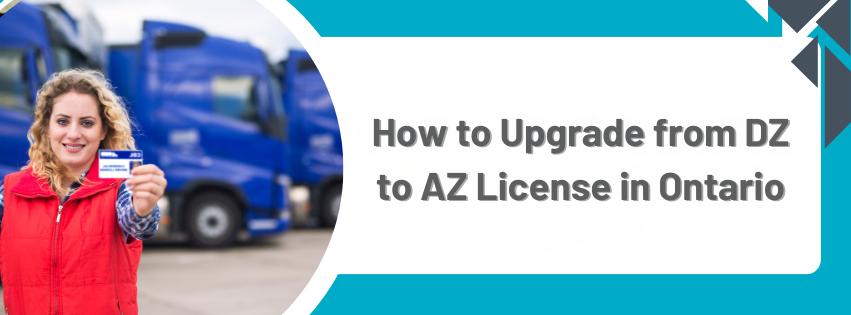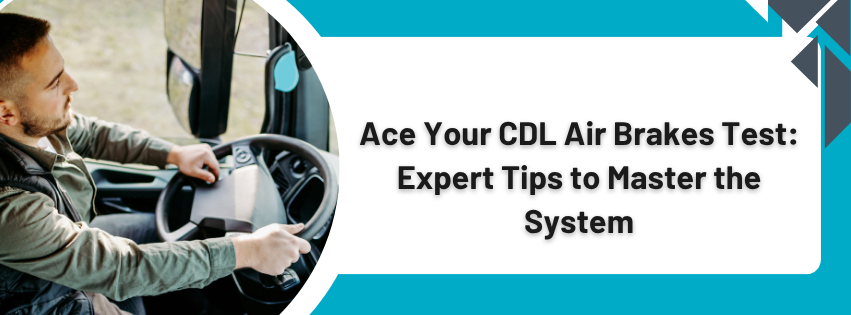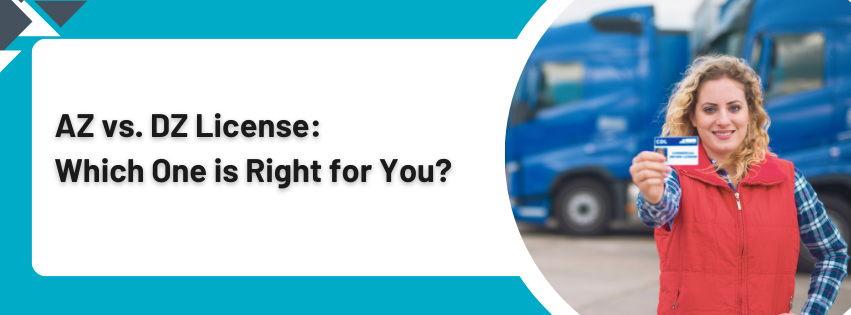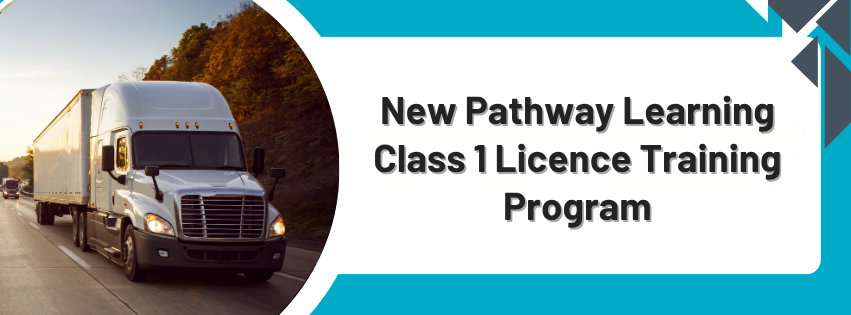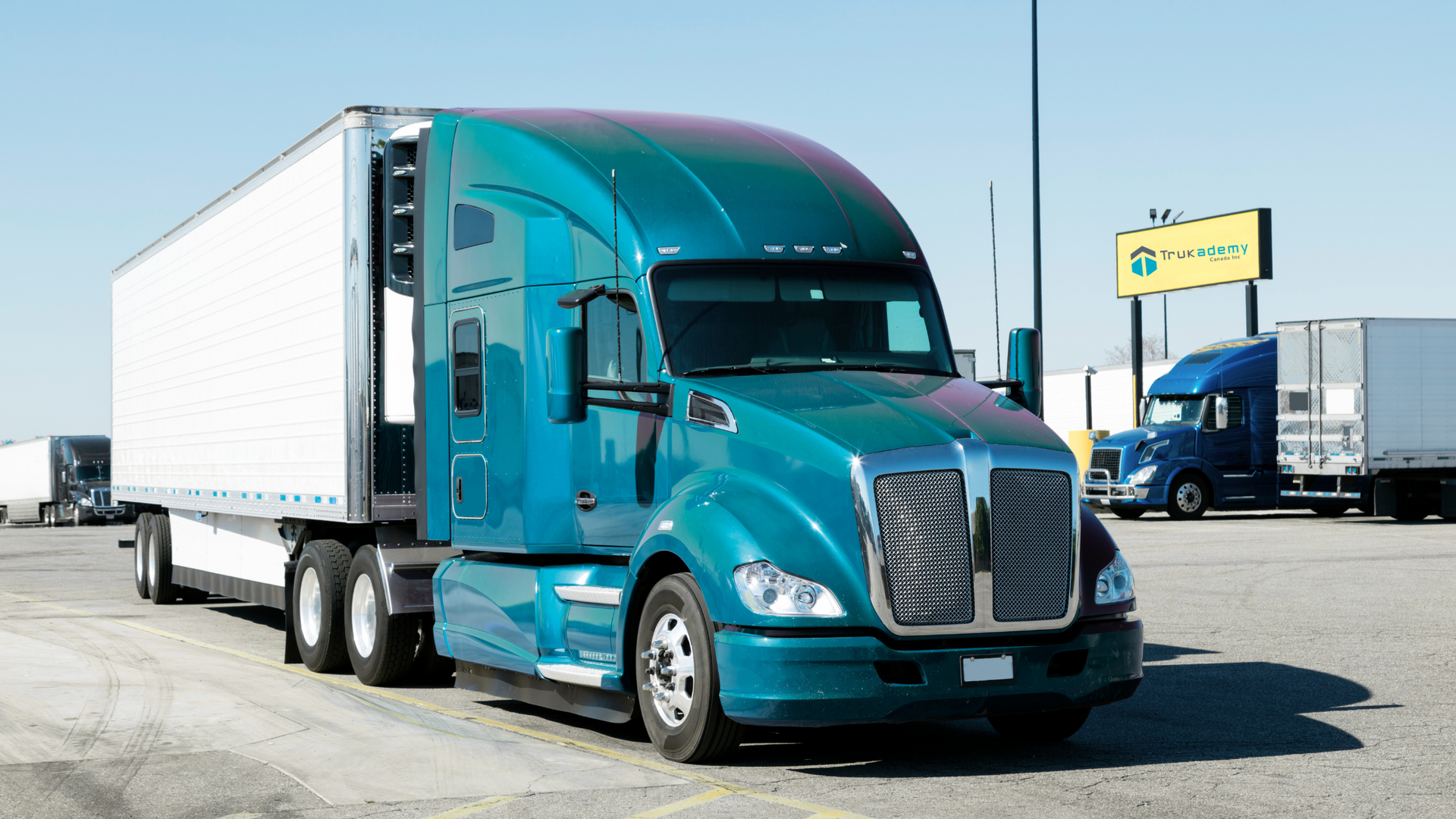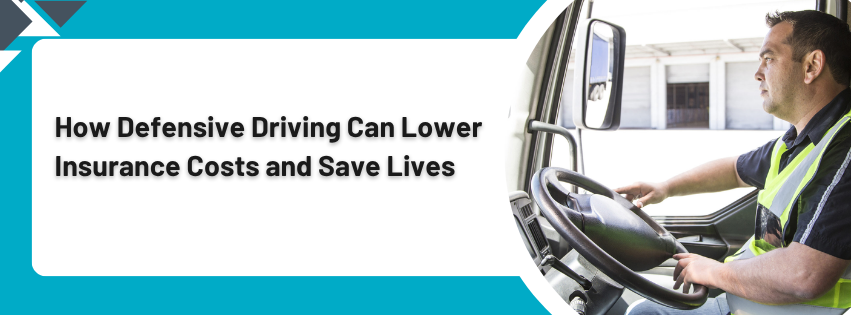September 22, 2025
Are you a DZ license holder in Ontario thinking about upgrading to an AZ license? You’re not alone. Thousands of professional drivers in Canada are making the switch every year to access higher-paying jobs, long-haul opportunities, and career flexibility. The process may seem overwhelming, but with the right training and guidance, transitioning from DZ to AZ can be a smooth and rewarding journey. In this guide, Trukademy—Ontario’s trusted truck driving school — explains everything you need to know: eligibility requirements, training programs, costs, and proven tips to pass your road test on the first attempt. What’s the Difference Between a DZ and AZ License? Before beginning your upgrade, it’s important to understand the AZ and DZ license difference: DZ License : Allows you to drive straight trucks, dump trucks, cement trucks, fire trucks, and other similar vehicles. AZ License : Covers everything a DZ license does but also includes tractor-trailers, long combination vehicles (LCVs), and heavy commercial vehicles. Simply put, an AZ license gives you far more flexibility and opens the door to cross-country and cross-border driving opportunities. Why Upgrade from DZ to AZ License? Here are some strong reasons Ontario drivers make the switch: Higher Earning Potential – AZ drivers often earn significantly more than DZ drivers. Wider Job Options – Operate tractor-trailers and long-haul trucks across Canada and the U.S. Job Security – The trucking industry faces a shortage of AZ drivers, meaning steady demand. Owner-Operator Potential – Many drivers with AZ licenses start their own trucking businesses. With the upgrade, you’re not just driving bigger trucks—you’re investing in a more secure and lucrative career. Step 1: Check Eligibility Requirements To upgrade from DZ to AZ license in Ontario, you must: Be at least 18 years old Hold a valid Class G or higher license Pass a medical examination approved by the Ministry of Transportation (MTO) Maintain a clean driving record Meeting these basic requirements means you’re ready to begin your AZ training journey. Step 2: Complete the Mandatory Medical Exam A valid medical report is required to apply for your AZ license. Must be completed by a licensed physician Tests vision, hearing, cardiovascular health, and overall fitness Submit results to the MTO before proceeding with the licensing process Skipping this step early on can delay your application, so it’s best to complete it first. Step 3: Enroll in a MELT-Approved Training Program Ontario requires all new AZ applicants to complete Mandatory Entry-Level Training (MELT). Even if you have DZ experience, MELT training is still mandatory. At Trukademy, our MELT Program in Ontario includes: A minimum of 103.5 hours of training In-class learning and on-road practice Pre-trip inspections, defensive driving, and emergency maneuvers Hands-on experience with coupling/uncoupling trailers Training on modern, industry-standard trucks By the end of MELT, you’ll have both the knowledge and confidence to pass your AZ tests and handle real-world driving challenges. Step 4: Pass the Written Knowledge Test Before your road test, you’ll need to pass the AZ written test. This test covers: Traffic laws Air brake systems Truck-specific regulations Safe driving procedures Pro Tip: Study the Official MTO Truck Handbook and practice with online quizzes to boost your chances of passing on your first try. Step 5: Train with a Professional Driving School Hands-on training is where your DZ experience and MELT knowledge come together. At Trukademy, we simulate real-world driving conditions such as: City and highway routes Backing up, lane changes, and sharp turns Coupling and uncoupling trailers Winter driving and defensive driving techniques Our instructors specialize in helping DZ drivers make a seamless transition to AZ, focusing on areas that may feel new or challenging. Step 6: Take and Pass the AZ Road Test The AZ road test includes: A detailed pre-trip inspection Air brake check and leak test Coupling/uncoupling demonstration On-road driving test (city + highway) Stay calm and remember: practice makes perfect. Trukademy prepares you thoroughly with mock tests and test simulations so there are no surprises on exam day. Step 7: Start Your New Career with an AZ License Once you pass, you’ll officially be an AZ-licensed driver ready to unlock new opportunities: Long-haul and cross-border driving Local carrier jobs with higher pay Specialized freight such as hazmat or oversized loads Owner-operator positions for entrepreneurial drivers Trukademy also offers job placement assistance through our network of trusted carriers across Ontario and Canada. Tips to Succeed in Your DZ to AZ Transition Choose a reputable truck driving school in Ontario (like Trukademy) Don’t skip practice—extra hours behind the wheel build confidence Master pre-trip inspections—they’re crucial for passing Stay updated on provincial laws and safety regulations Ask instructors for feedback and keep improving Common Mistakes to Avoid During the Transition Transitioning from a DZ to an AZ license can be challenging, and it’s important to avoid common mistakes that could hinder your progress. One frequent error is underestimating the difficulty of the written and road tests. Both assessments are designed to ensure you have the necessary knowledge and skills to operate a tractor-trailer safely. Failing to prepare adequately can result in multiple attempts and delays in obtaining your license. Another common mistake is neglecting the pre-trip inspection. This part of the road test is crucial, as it demonstrates your ability to identify and address potential safety issues before hitting the road. Rushing through this inspection or overlooking key components can lead to a failed test. Take the time to learn and practice the inspection thoroughly, ensuring you can perform it confidently and accurately. Additionally, some applicants may overlook the importance of proper training. While self-study is valuable, enrolling in a reputable driving school can provide structured instruction and hands-on experience that is difficult to replicate on your own. Professional training can help you master complex maneuvers, understand the nuances of tractor-trailer operation, and build the confidence needed to pass both the written and road tests. Conclusion: Drive Your Future Forward with Trukademy Upgrading from DZ to AZ license in Ontario is one of the smartest career moves for professional drivers. With higher pay, greater job flexibility, and access to long-haul opportunities, the benefits are undeniable. At Trukademy, we specialize in guiding drivers through this transition with expert training, flexible schedules, and strong job placement support. Don’t wait—enroll in Trukademy’s AZ training program today and take the first step toward advancing your trucking career Frequently Asked Questions ( FAQ ) 1. How long does it take to upgrade from a DZ to an AZ license in Ontario? Typically, it takes between 4 to 8 weeks depending on your training schedule, MELT program duration, and road test availability. With consistent practice and a reliable driving school like Trukademy, you may complete it faster. 2. Do I need MELT training if I already have a DZ license? Yes. The Ontario government requires all new AZ applicants to complete the Mandatory Entry-Level Training (MELT) program, regardless of prior DZ experience. 3. How much does it cost to switch from DZ to AZ license? On average, the cost ranges between $5,000 and $9,000, depending on your chosen training school, practice hours, and test fees. Trukademy offers flexible payment plans and 0% student loans to help manage costs. 4. What job opportunities are available after getting an AZ license? With an AZ license, you can pursue careers as a long-haul driver, local carrier driver, specialized freight operator (hazmat, oversized loads), or even become an owner-operator. The demand for AZ drivers across Canada is strong and growing.


